Classical and competitive Dressage were originally the same thing. They didn't need different terms to define them.
However, over time they have diverged from one another. The question is, will the differences that define them be permanent? Or will we ever see competitive Dressage return to its Classical roots?
Beware the Term “Classical Dressage”
Before we begin, I must warn that there are professional Equestrians who use the term “Classical Dressage”, who are not actually practicing Classical Dressage.
You will run across two types of people who refer to their riding as “Classical Dressage”:
- Equestrians who study and practice and study and practice and try to perfect based on the teachings of the various Classical Dressage Masters. Some you may be familiar with include François Baucher, Comte d'Aure, François Robichon de la Guérinière, and the recently deceased Nuno Oliveira. Many of these equestrians choose not to compete but instead rigorously pursue the principles of Classical Dressage for no other reason than to be the best they can with their horse.
- Equestrians who use the term “Classical Dressage” primarily for financial gain. It is popular to ride Classically, and so they use this term in their marketing materials even though their riding and training have no foundation in Classical Dressage ideals.
You'll see the competitive Dressage rider who realizes they can snag more students or clients by invoking the magical words “Classical Dressage”.
The difference between Classical Dressage and Competitive Dressage
Classical Dressage
- Not subjected to winning titles, trophies, ribbons or cash prizes.
- Places no stress on the time it takes to develop the horse.
- May draw from one or many of the Classical Dressage Masters without the influence of a fad.
- Proves that work done correctly should improve the horse's physical health and well being.
- Any and every breed of horse is capable of being improved.
http://www.youtube.com/watch?v=_oSHXKzHmqo
Competitive Dressage
- Riders work hard to receive sponsorships, win titles, trophies, ribbons and cash prizes.
- A rule of thumb recommended to riders is to spend a single year competing at each level and many push to develop the horse more quickly. A favorite competition horse, Blue Hors Matine, was only 9 years old when she competed at Grand Prix.
- The use of Rollkur (aka LDR) and other abuses routinely shapes the face of competition as riders try to beat their fellow competitors.
- The stresses of training often cause injury to the horse, particularly in the joints where a large majority of horses must receive joint injections to continue work. Many riders begin joint injections in unstarted 2-year-olds to prepare them for competition.
- To compete internationally it is recommended that you ride only the best-bred Warmblood breeds.
What happened to Competitive Dressage?
Like so many things, money has soured competitive Dressage. Riders aim for winning at all cost, to reap the significant financial benefits that come with being the best of the sport.
All of the rules of Dressage competition are based on Classical principles. And for a long time these genuinely helped guide the sport.
And then along came Anky.
No, Anky van Grunsven was not the first, and now is not even the most prominent, rider to use Rollkur and hyperflexion – she was just the one who made it scandalously popular and publicly acknowledged, promoted and sold it.
Over the past decade, the sport's reputation has continued to decline as new scandals appear each year. Riders disqualified for blood in their horse's mouth, injuries from spurs, rampant use of Rollkur (aka LDR), and horses with blue tongues.
Those are only half the battle, as judges continue to reward riders who obviously fail to meet the rules, in particular those of riding the horse with the nose on or in front of the vertical.
What to do about Competitive Dressage?
Does Competitive Dressage need an overhaul? It does according to Dominique Barbier –
From New Zealand Horse & Pony :
To French classical dressage master, Dominique Barbier, the problems faced by modern dressage run so deep they are virtually insurmountable, and he’s suggesting a radical overhaul of the sport.Jean Llewellyn, July 2009 ‘It's Anti-Dressage'
It would take more effort than there presently is from individuals who practice the art of Classical Dressage to invest in competing. There are too few making that effort, but as someone who has competed before and since given it up, I sympathize with a disinterest in that world.
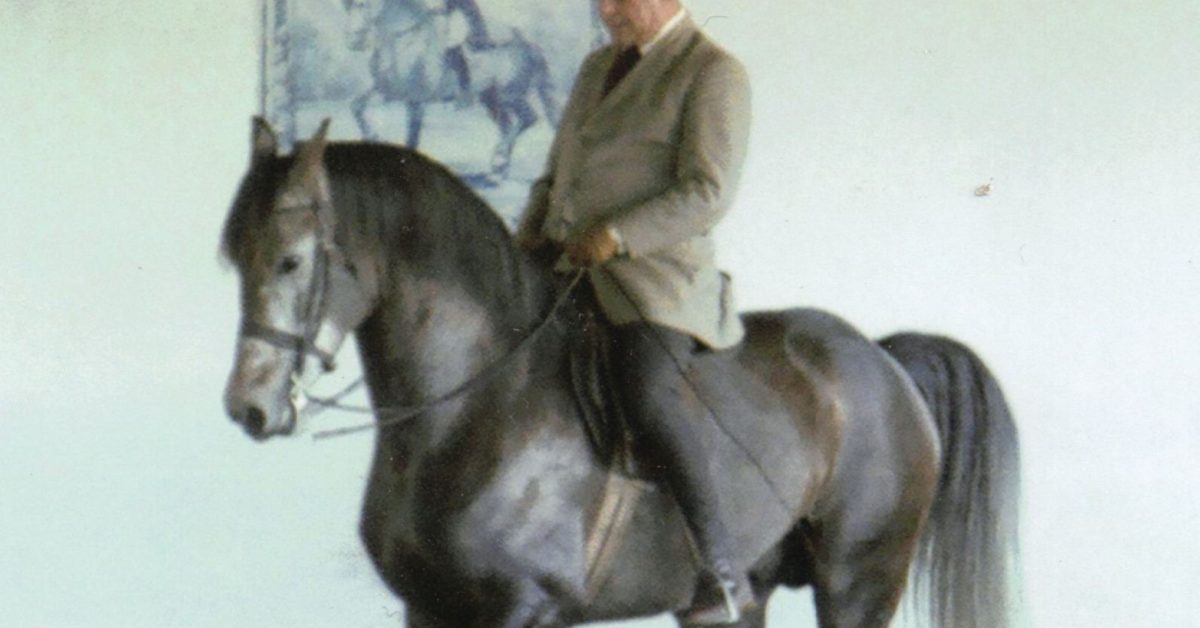
For many in competition, excluding the use of abusive training methods means compromising their success in the show ring. Judges are no longer rewarding the most correct Dressage Competitors (according to the FEI rules) as it turns out anyhow.
The Masters used to perform in the Circus if they wished to publicize their talents, and Classical Dressage might need to seek similarly alternative outlets to reach the masses.

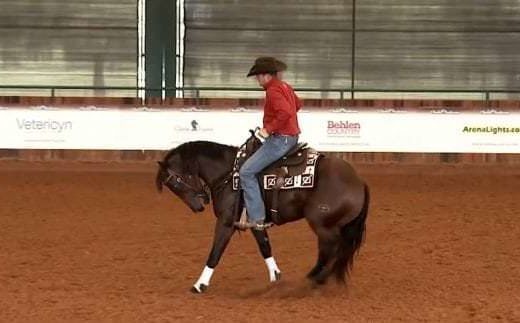
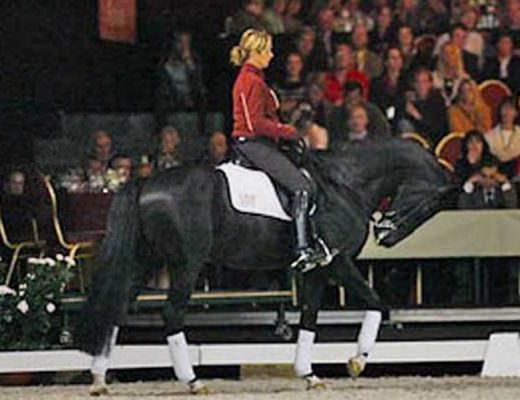
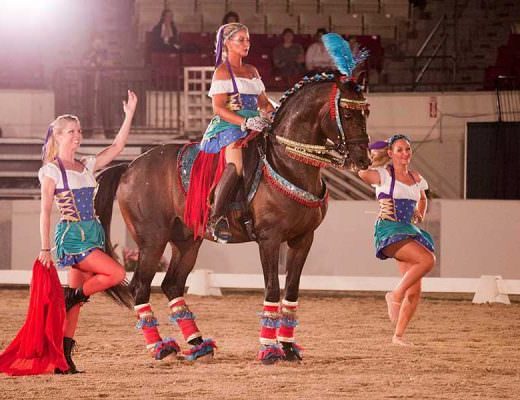
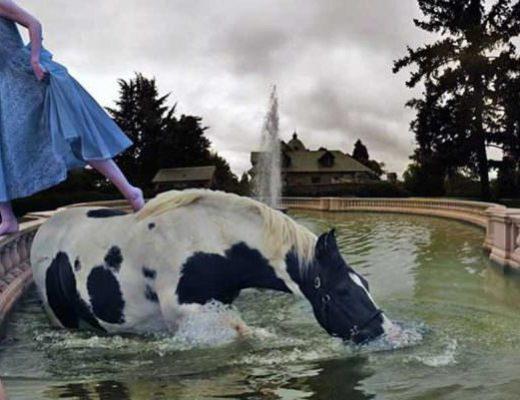
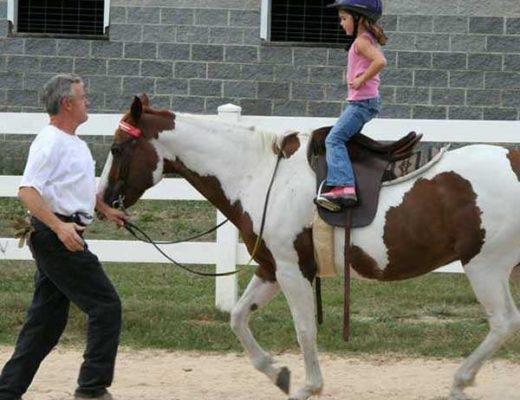
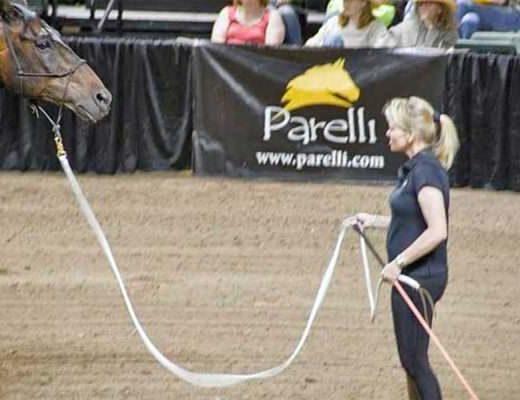
Thank you Joanne 🙂
It’s such a shame our “top level competitors” don’t adopt the classical veiw.
The sport would be so much more enjoyable for the horse!!!!
One again – a great adtical.
Thank you
Toni,
Many do, or attempt an overlap. Many Classical riders will also enter the arena – Thomas Ritter is one modernly Classical trainer/clinician who competes as well as his wife.
One divergence to point out however is a) motivation and b) compromise. If your main motivation is to win in the show ring then you will likely have to make a compromise in the way you are riding your horse to place high given the current judging mood. If however your motivation is to ride your horse based on the principles you’ve adopted as a Classical rider then you may have to compromise on how well you will place in the show ring.
It used to be that the show ring was utilized as a way to receive feedback about your progress and less about being first, second, third etc. Now it is like any other competition and being first is the coveted place to be, no matter if your ride was truly spectacular or just *better than everyone else.
*and by better I mean in the eyes of the judges. In my opinion the best judge is the horse… 🙂
much truth! I see you attach footage of Anja Beran – She is a great example of Classical Dressage riding
Too true!!!
The best judge is always the horse. We should all listen with eyes and ears wide wide open.
Thanks – a great reply.
I just stumbled upon this blog and I love it! There are so many informative and inspirational posts. It makes me happy to see that more and more people are “getting it right” when it comes to horses 🙂 Personally I follow the principles of the Academic art of riding, which I would say is one of many interpretations of Classical dressage. This has saved my pony and I from the horrible world of competitive riding! Before I did a lot of things because the judge liked it that way, now I only do things that are good for my pony and strengthen our relationship.
In my opinion the combination of competition, money and animals are the best recipe for disaster.
Welcome and thanks you Emma. There are a great many interpretations of Classical Dressage, I tried to point out some of the common themes among them in this post compared to Competitive. But some are just as different from one another as they are from Competitive Dressage!
Cheers!
Erica
Erica-
I appreciate the time taken to write this. As one who teaches and trains for a living however I have to respectfully disagree with you. The very nature of Dressage requires profound empathy from the rider trainer in order for any long lasting progress to be made, regardless of money, judges, client demands/expectations, devotion to some long deceased ‘Master’, etc. A lifelong horseman, Olympian and human whom I respect greatly explains it this way which is how I now explain it to all of my students: There are three types of Dressage: 1) ‘Circus’ where the horse does not necessarily acquire the athletic ability to perform to standards yet does perform ‘tricks’ with the objective of ‘wowing’ an audience. 2) ‘Classical’….this is defined primarily by the riders ability to meet the needs of the horse moment to moment, working in the ultimate state of ‘now’, always working toward understanding. As trainers, we ideally are in a state of practicing ‘classical’ 99% of the time, always seeking to provide an empathetic way forward for the horse as it progresses in its training. The final type is of course ‘Competitive’ Dressage in which from entering at ‘A’ to the final halt at ‘X’, what is requested of the horse is compulsory. IF the training is correct, 8 to 12 minutes of ‘compulsory’ should come with ease and reveal to the judges the ‘classical’ correctness, revealed in willingness, relaxation, athletic ability, etc. of the horses preparation.
These arguments you put forward seem to be rehashed from public discussion going on for some time now rather than from experience as a trainer yourself. I do not mean to be harsh, but as a writer, please be more aware of what you are putting out there: are you perpetuating unfounded ridicule or are you giving your readers original thoughts based on something you know in your heart to be true?
Respectfully
Nancy Kotting
Hi Nancy,
Thanks for taking the time to write such a great comment. I really love the way you described the three potential aspects of dressage – circus, classical, competitive.
We are all continually evolving with our understanding and definition of working with horses, and agree that the meat of this post fell away to catering towards common ideologies of classical/competitive dressage.
Again, thank you and I look forward to having your voice continue in the discussion. 🙂
Cheers,
Erica
Please explain how this ridicule is unfounded. I am curious and seeking information. The criticism of this article does not give me any additional information. Competitive looks like Circus to me, with audiences cheering for tricks.
Hi Nancy we are now in the year 2021 we are seeing horses winning national and world titles that do not follow classical dressage principles or the FEI rule book at all I’m curious to know if you still have the same opinion as when you replied to this article
Hi Erica
I’m currently undertaking an EPQ and the title is ‘How did the art of manège change the way we view history and does it still influence the way that modern day dressage horses compete and train?’ I would love to hear your views on this.
Many thanks
Milly
This is like saying “Some stupid people insist on going to Harvard while the wisest, more classical and academic learners work from their garage, without the pressures of competition”. So the Nobel prize is pure BS and everything is subjective; the Olympics are commercial and the better runners of the 100 meters are people running in parks. We can all be the best riders in the world according to our own opinion. This is nonsense. This is what makes the horse world an environment so full with mediocre riders with big mouths that can talk for hours and have not ridden in months or years.